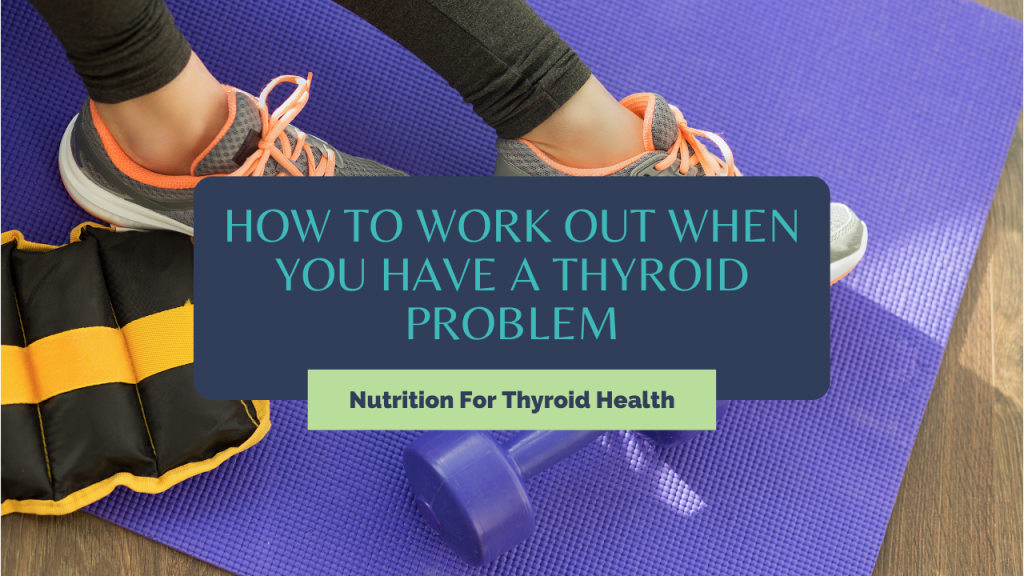Is getting fit on your list of New Year’s resolutions? How is it going so far? When you have a thyroid problem, working out is not easy. If your condition is well controlled, you are likely feeling full of energy and just getting on with your days. However, chances are you’re reading this blog because all is not so well, and you’re experiencing a range of thyroid-related symptoms. Here is my advice on how to incorporate workouts and exercise into your routine.
Choose Your Favorite Type of Movement
First of all, if you’ve decided that this is the year to get in shape, I applaud you. Humans were designed to move. Our bodies work better when we are active.
However, if you are suffering from thyroid problems, you need to consider the type of exercise you choose and how it affects you. Your thyroid issues may have caused you to gain weight, or perhaps your body is resisting weight loss? Conventional wisdom would tell you to exercise more and eat less. However, for thyroid patients, that’s not always the right answer.
Intense exercise stresses your body. Don’t get me wrong – I love high-intensity workouts. Crossfit, anyone? Or how about exercise boot camps? I love the adrenaline rush you get when you’re reaching your workout goals.
The trouble is, by exercising intensely, you may be making your thyroid symptoms worse. Tough exercise causes your body physiological stress. If that stress is prolonged, for example, if you are in the gym doing two or three classes in a row, it can cause your thyroid to regulate down even more. As a result, your metabolism slows further.
Also, if you are on full replacement medication, this hardcore exercise may not work for you. Keeping your heart rate up for this long, stressing muscles and joints may leave you feeling worse.
Remember that slower classes like yoga, stretching, or pilates are just as beneficial.
How About Restorative Exercise?
If you are well optimized and your thyroid condition is under control – go ahead and exercise to your heart’s content. On the other hand, if you struggle with fatigue, sleep quality, or your diet is not that great, it’s worth rethinking your approach.
Restorative types of exercise like Pilates or yoga are great alternatives to get you moving and build up strength. How about going for a walk? Depending on where you live, now may not feel like the best time to head out, but bundle up and try a short walk. Exposing yourself to the cold may help lower your body temperature and contribute to healing. Once you are feeling stronger, take it up a notch with yoga workouts.
Love spin classes? Look at the intensity. If you are in a class, it’s really hard to resist the instructor’s cheers and sit out the intense bit, but perhaps an exercise bike at home is a solution?
Making it Work for You
Avoid getting stuck on prescriptive exercise programs and never be afraid to adjust a training routine. Plus, remember resistance training is at least as beneficial as cardiovascular exercise when it comes to burning calories. High-intensity interval training may work well for you, too.
Most importantly, check-in with yourself. How is your exercise making you feel? If it’s leaving you more fatigued, adjust it to work better for you. No two people are the same, so why should exercise regimes be?

